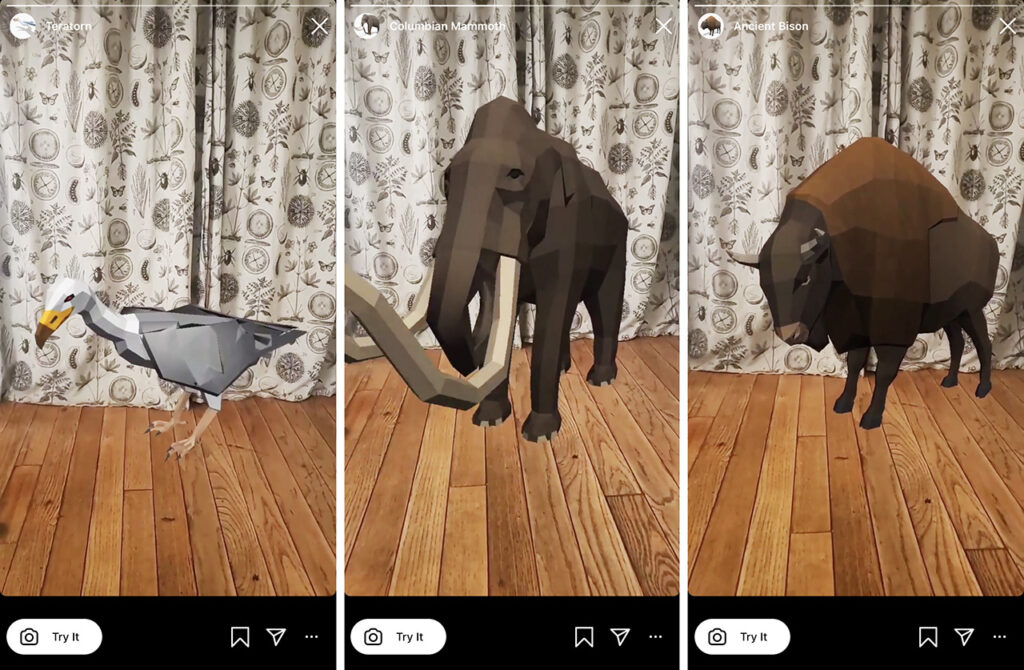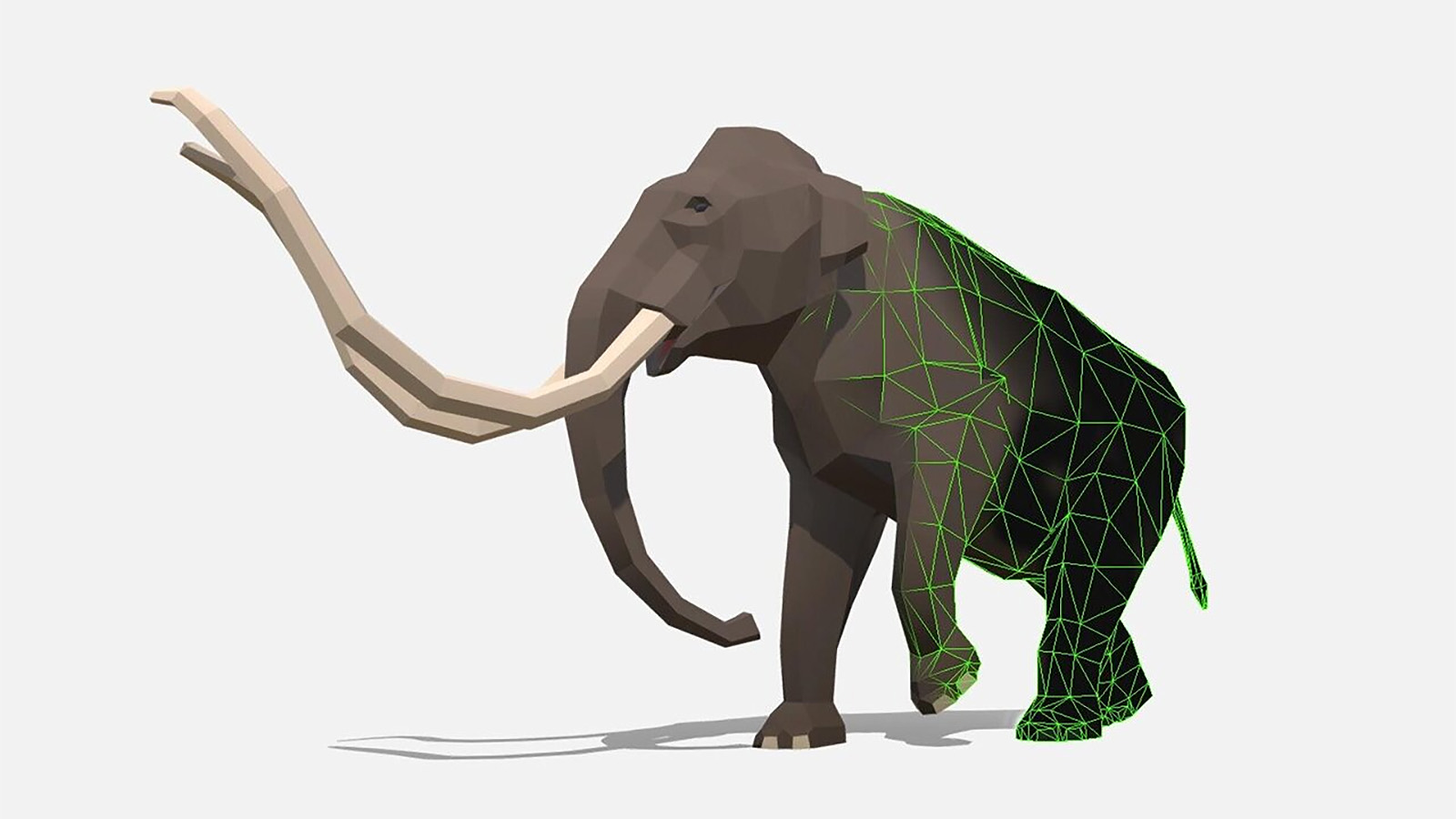As a self-described gateway to the Ice Age, the La Brea Tar Pits in Los Angeles has seen the unearthing of untold amounts of quaternary fossils ranging from insects to mammoths since the 1880s. With the excavations (still active and ongoing) emerged an accompanying endeavor, that of paleoart, artistic reconstructions of prehistoric life that, long before the first museum arrived at the tar pits, bedecked the surrounding Hancock Park.
Today, paleoart continues to play a vital role in education and scientific inquiry (and for some venues, perhaps, merchandising). As Dr. Emily Lindsey, Assistant Curator at La Brea Tar Pits, noted, “Paleoart can be very influential in how the public, and even scientists, understand fossil life.” Hence the inherent responsibility for the form to accurately capture the latest paleontological research and stress biological fidelity — a goal the La Brea Tar Pits & Museum is aiming for in its latest tech-forward project that binds scientific accuracy, education, and visitor experience.
What happened
On Wednesday, La Brea Tar Pits and the Natural History Museum of Los Angeles County (NHMLAC), in collaboration with University of Southern California (USC), released a number of long-extinct animals into augmented reality (AR). The prehistoric likes of the saber-toothed cat, dire wolf, Columbian mammoth, and American mastodon can now be viewed as filters on Snapchat, Instagram, and Sketchfab, where they can be spotted grazing or grooming. For access, users scan associated Snapcodes, search for these animals in Instagram’s effects library, or look up “La Brea” on the Sketchfab app.
Not just any kind of AR filters, though, these models represent scientifically accurate artwork based on the latest paleontological research. The objective here is to educate users, but too, recenter the importance of paleoart. Though the AR creatures are built in a blocky, low-poly style, the better to run on a standard smartphone with limited processing power, they remain paleontologically sound and come accompanied by an academic study.
Why it matters

The NHMLAC and La Brea Tar Pits’ AR filters can be accessed on Snapchat, Instagram, and Sketchfab. Images: Models of the teratorn, Columbian mammoth, and ancient bison on Instagram
The study reports that these virtual models have been suitably engaging and educational for a set of test participants, who were able to recall the Ice Age models by name and describe their associated ecosystems. These learning gains bode well for the project’s bid to enhance the profile of paleoart, while encouraging fellow museums to likewise publish the scientific research that goes into their paleoart descriptions, exhibitions, and programs. Such an effort, reads the study, turns “exhibition consultation and curation… into valuable, citable research publications.”
Also given a boost here is the AR aspect of the project, which originated from Tar AR, an ongoing research grant spearheaded by the National Science Foundation Advancing Informal Science Learning studying how the technology impacts learning and engagement. La Brea is planning to build on this program with a potential Tar Pits-themed mobile museum and explore converting the models into 3D printed tokens. “These extended use cases demonstrate how virtual paleoart can be adopted into many different experiences and modalities, both at a physical museum and through virtual outreach,” the study notes.
What they said
“The innovation of this approach is that it allows us to create scientifically accurate artwork for the metaverse without overcommitting to details where we still lack good fossil evidence.” — Dr. William Swartout, Chief Technology Officer, USC Institute for Creative Technologies
“We think paleoart is a crucial part of paleontological research. That’s why we decided to publish all the scientific research and artistic decisions that went into creating these models. This will make it easier for other scientists and paleoartists to critique and build off our team’s work.” — Dr. Matt Davis, Exhibition Developer, Natural History Museum of Los Angeles County



